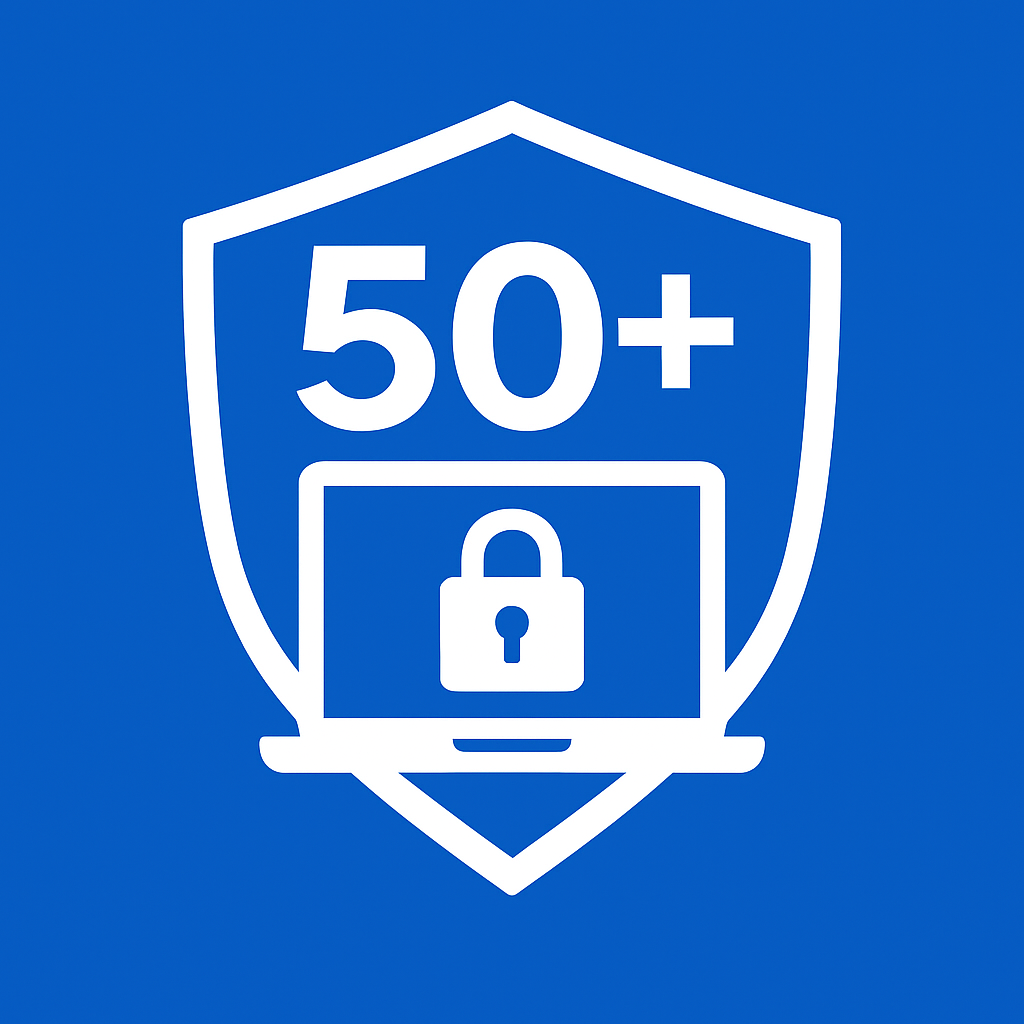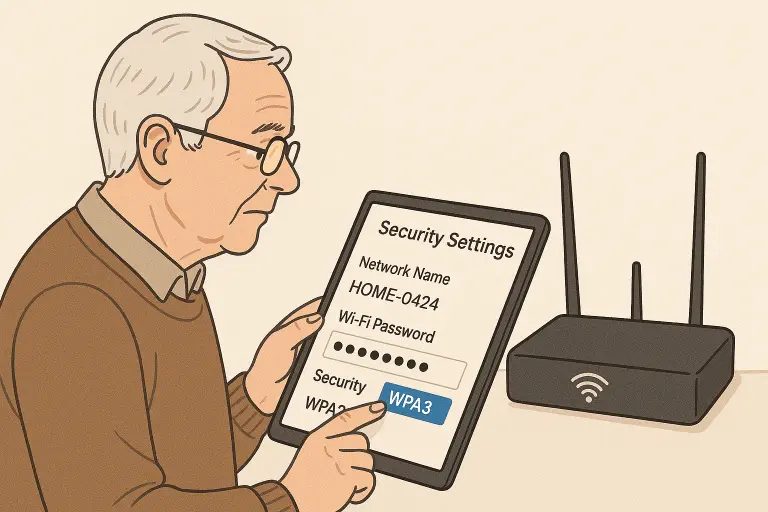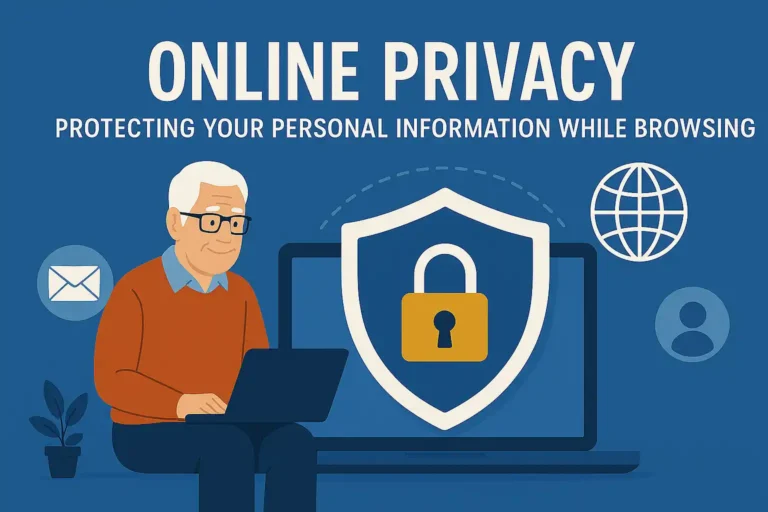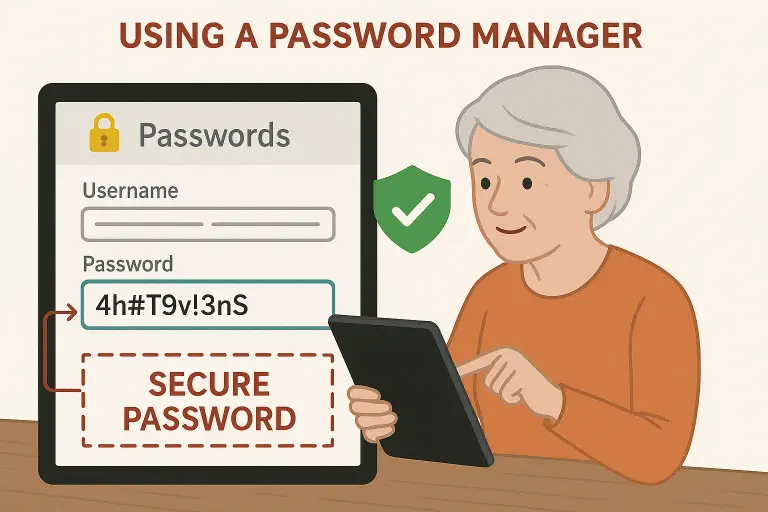Suggested Reading:
What Are Online Shopping Scams?
Online shopping scams occur when criminals create fake websites, steal your money without delivering products, or send counterfeit goods instead of legitimate items. These scammers exploit our desire for convenience and good deals, using everything from fake social media ads to elaborate copycat websites that mimic trusted retailers.
Online shopping scams work because they tap into our natural shopping instincts while removing the physical cues we rely on in traditional stores. When you walk into a legitimate brick-and-mortar store, you can see the established location, interact with real employees, and examine products directly. Online, scammers can create convincing facades that fool our senses and bypass our usual caution.
The psychology behind these scams centers on urgency and exclusivity. Fake retailers create artificial scarcity with phrases like “Only 3 left in stock!” or “Sale ends in 2 hours!” This pressure pushes us to make quick decisions without proper verification, exactly what scammers need to succeed.
How Online Shopping Scams Unfold
The Social Media Hook:
You’re scrolling through Facebook or Instagram when you see an ad for an incredible deal—maybe 70% off designer handbags or deeply discounted electronics. The ad looks professional, complete with attractive product photos and customer testimonials. You click through to what appears to be a legitimate shopping website.
The Fake Website:
The site you land on looks professional, complete with customer reviews, security badges, and familiar payment options. However, these elements are often copied from legitimate sites or completely fabricated. The scammers have invested time in making their fake store look authentic, knowing that appearance builds trust.
The Payment Trap:
After you place your order and provide payment information, several things might happen. You might receive nothing at all, get a cheap counterfeit product weeks later, or find unauthorized charges appearing on your credit card for purchases you never made.
The Non-Delivery Scam:
In this variation, scammers take your money and simply disappear. They might provide fake tracking numbers or shipping confirmations to buy time, but no product ever arrives. When you try to contact customer service, you discover the phone numbers don’t work and emails bounce back.
The Counterfeit Product Scam:
Some scammers actually send products, but they’re cheap imitations of what you ordered. You might receive a poorly made knockoff of a designer item, electronics that don’t work properly, or products that could be dangerous to use.
Red Flags That Expose Fake Online Stores
Website Warning Signs:
Professional scammers have learned to create convincing websites, but certain red flags consistently expose fake operations. The web address often contains subtle misspellings of well-known retailers—think “amazom.com” instead of “amazon.com.” These typosquatting domains are designed to catch shoppers who aren’t paying close attention to the URL.
Content and Design Red Flags:
Fake shopping sites often contain obvious errors that reveal their fraudulent nature. Look for poor grammar and spelling throughout the site, especially in product descriptions and policies. Legitimate retailers invest heavily in professional copywriting and proofreading.
Customer Service Red Flags:
Legitimate online retailers provide multiple ways to contact them, including phone numbers, email addresses, and often live chat support. Fake sites typically offer minimal contact information, and when you try to use it, you’ll find phone numbers that don’t work or email addresses that never respond.
Pricing and Deal Red Flags:
While everyone loves a good deal, dramatic price differences should raise immediate suspicion. If every major retailer is selling an item for $200, but one site offers it for $50, investigate thoroughly before purchasing.
Your Defense Strategy: Research Before You Buy
Website Verification Steps:
Before making any online purchase from an unfamiliar retailer, invest time in verification. Start by searching for the company name along with terms like “scam,” “review,” or “complaint.” Often, other customers have already identified and reported fraudulent sites.
Check the website’s “About Us” page for specific company information, including physical address and established history. Legitimate retailers provide detailed company information and aren’t afraid to share their physical location and business credentials.
Payment Method Protection:
Always use payment methods that offer buyer protection when shopping online. Credit cards provide the strongest protection through chargeback rights, which allow you to dispute fraudulent charges. Debit cards offer less protection, and wire transfers or gift cards offer virtually none.
Review Verification:
Customer reviews can provide valuable insights, but fake reviews are common on fraudulent sites. Look for reviews that seem genuine and specific rather than generic praise. Authentic reviews typically mention specific product features, shipping experiences, or customer service interactions.
Verify reviews by checking the same products on multiple platforms. If a product has glowing reviews on one site but poor reviews everywhere else, the positive reviews are likely fabricated.
Safe Online Shopping Practices
Secure Connection Verification:
Always ensure you’re shopping on a secure website before entering personal information. Look for “https://” at the beginning of the web address, not just “http://” The “s” stands for secure and indicates that your information is encrypted during transmission.
Account Security Measures:
Create strong, unique passwords for each shopping account, and enable two-factor authentication when available. This extra security layer protects your accounts even if scammers obtain your password through other means.
Keep your browser and security software updated to protect against the latest threats. Cybercriminals constantly develop new methods to steal information, and software updates include protections against these evolving threats.
Purchase Documentation:
Save all purchase confirmations, emails, and transaction records. Screenshot important information immediately after making a purchase, including the website address, product description, and total cost. This documentation becomes crucial if you need to dispute charges or file complaints.
If You’re Being Targeted Right Now
During Suspicious Shopping:
If something feels wrong while shopping online, trust your instincts and stop the transaction immediately. Don’t let excitement about a great deal override your caution about potential risks.
Take time to research any unfamiliar retailer before providing payment information. Legitimate deals don’t disappear in minutes, despite what fake countdown timers might suggest.
Immediate Verification Steps:
Before completing any questionable purchase, open a new browser tab and search for the retailer’s name along with “scam” or “review.” This quick research can save you significant money and frustration.
Check the Better Business Bureau website for the company’s rating and complaint history. While not all legitimate businesses have BBB ratings, the presence of many unresolved complaints is a significant red flag.
Prevention: Building Strong Shopping Defenses
Technology Settings:
Configure your browser to warn you about suspicious websites and block pop-up advertisements that often lead to scam sites. Most modern browsers include these security features, but they need to be enabled and kept updated.
Use reputable antivirus software that includes web protection features. These programs can identify and block known scam websites before you accidentally provide personal information.
Shopping Habit Modifications:
Develop a standard routine for vetting unfamiliar online retailers before making purchases. This routine should include checking the website address, reading return policies, verifying contact information, and researching customer reviews.
Education and Awareness:
Stay informed about current scam trends by reading consumer protection websites and news sources. Scammers constantly evolve their tactics, and awareness of the latest schemes helps you recognize them quickly.
Share information about scams with friends and family members. Often, a quick warning about a specific fake website or scam technique can prevent others from becoming victims.
If You’ve Been Victimized
Immediate Response Steps:
If you realize you’ve been scammed, act quickly to limit the damage. Contact your credit card company or bank immediately to report the fraudulent transaction and request a chargeback. The sooner you report the problem, the better your chances of recovering your money.
Change all passwords for accounts that might have been compromised, especially if you used the same password on the fraudulent site that you use elsewhere. Scammers often try stolen credentials on multiple sites to access additional accounts.
Documentation and Reporting:
Gather all evidence of the scam, including screenshots of the fake website, email confirmations, and payment records. This documentation helps banks, credit card companies, and law enforcement investigate the fraud.
Report the scam to the Federal Trade Commission through their online complaint system. While individual reports might not immediately shut down scammers, the aggregated data helps authorities identify patterns and take enforcement action.
Financial Protection Steps:
Monitor your credit card and bank statements closely for several months after discovering a shopping scam. Scammers sometimes make small, hard-to-notice charges or sell your payment information to other criminals.
Consider placing a fraud alert on your credit reports if you provided significant personal information to scammers. This alert makes it harder for criminals to open new accounts in your name.
The Bottom Line
Legitimate online retailers want long-term customer relationships, not one-time transactions. They provide clear contact information, reasonable return policies, secure payment processing, and transparent business practices. When websites lack these fundamental elements, they’re telling you to shop elsewhere.
Remember that protecting yourself from online shopping scams requires balancing convenience with caution. The extra few minutes spent verifying a retailer’s legitimacy can save you hours of frustration and potentially hundreds of dollars in losses. Your money and personal information are worth this small investment in security.
Frequently Asked Questions About Online Shopping Scams
How can I tell if an online store is legitimate?
Check for a secure connection (https://), verify contact information including a physical address, read customer reviews on multiple platforms, and research the company’s reputation. Legitimate stores provide clear return policies and customer service options.
What should I do if I think I’ve been scammed while shopping online?
Contact your credit card company or bank immediately to report the fraud and request a chargeback. Change all passwords that might be compromised, document everything about the scam, and report it to the FTC and local authorities.
Are deals advertised on social media safe?
Exercise extreme caution with social media shopping ads, especially those offering significant discounts on popular items. Verify the retailer independently before making any purchase, and be suspicious of deals that seem too good to be true.
What payment methods are safest for online shopping?
Credit cards offer the best protection through chargeback rights and fraud protection. PayPal also provides buyer protection. Avoid wire transfers, cryptocurrency, gift cards, or any payment method that can’t be reversed.
How can I verify if customer reviews are real?
Look for specific, detailed reviews that mention particular features or experiences. Check the same product on multiple platforms to compare reviews. Be suspicious of overwhelmingly positive reviews without any criticism or reviews that seem generic.
Helpful Resources to Stay Safe
Ready to put this advice into action? Here are direct links to the tools and services that will help you shop safely online and protect yourself from scams:
Retailer Verification Tools:
Better Business Bureau
Check business ratings, read customer complaints, and verify company legitimacy before making purchases.
Scammer.info
Community-driven database of known scam websites and fraudulent online retailers.
ICANN registration data lookup
Research website ownership and registration information to verify legitimacy.
Secure Payment Services:
PayPal Buyer Protection
Learn about PayPal’s buyer protection program and how to shop safely with PayPal.
Visa Security
Visa’s guide to secure online shopping and fraud protection for credit card users.
Mastercard Zero Liability
Learn about Mastercard’s fraud protection and zero liability policy for unauthorized purchases.
Price Comparison Tools:
Google Shopping
Compare prices across multiple retailers to identify legitimate market pricing for products.
PriceGrabber
Price comparison site that helps you find legitimate deals and avoid unrealistic pricing.
Amazon.com
Compare products and prices from verified retailers to ensure you’re getting authentic deals.
Reporting and Recovery Resources:
FTC Fraud Reporting
Report online shopping scams to the Federal Trade Commission’s fraud database.
FBI IC3
Internet Crime Complaint Center for reporting major online fraud and shopping scams.
Canadian Anti-Fraud Centre
Report online shopping fraud and get recovery assistance from Canada’s fraud reporting center.
Browser Security Extensions:
ScamAdviser
Browser extension that checks website trustworthiness and warns about potential scam sites.
McAfee WebAdvisor
Free web safety tool that rates websites and protects against malicious shopping sites.
Trustpilot
Read verified customer reviews and company ratings before making online purchases.




